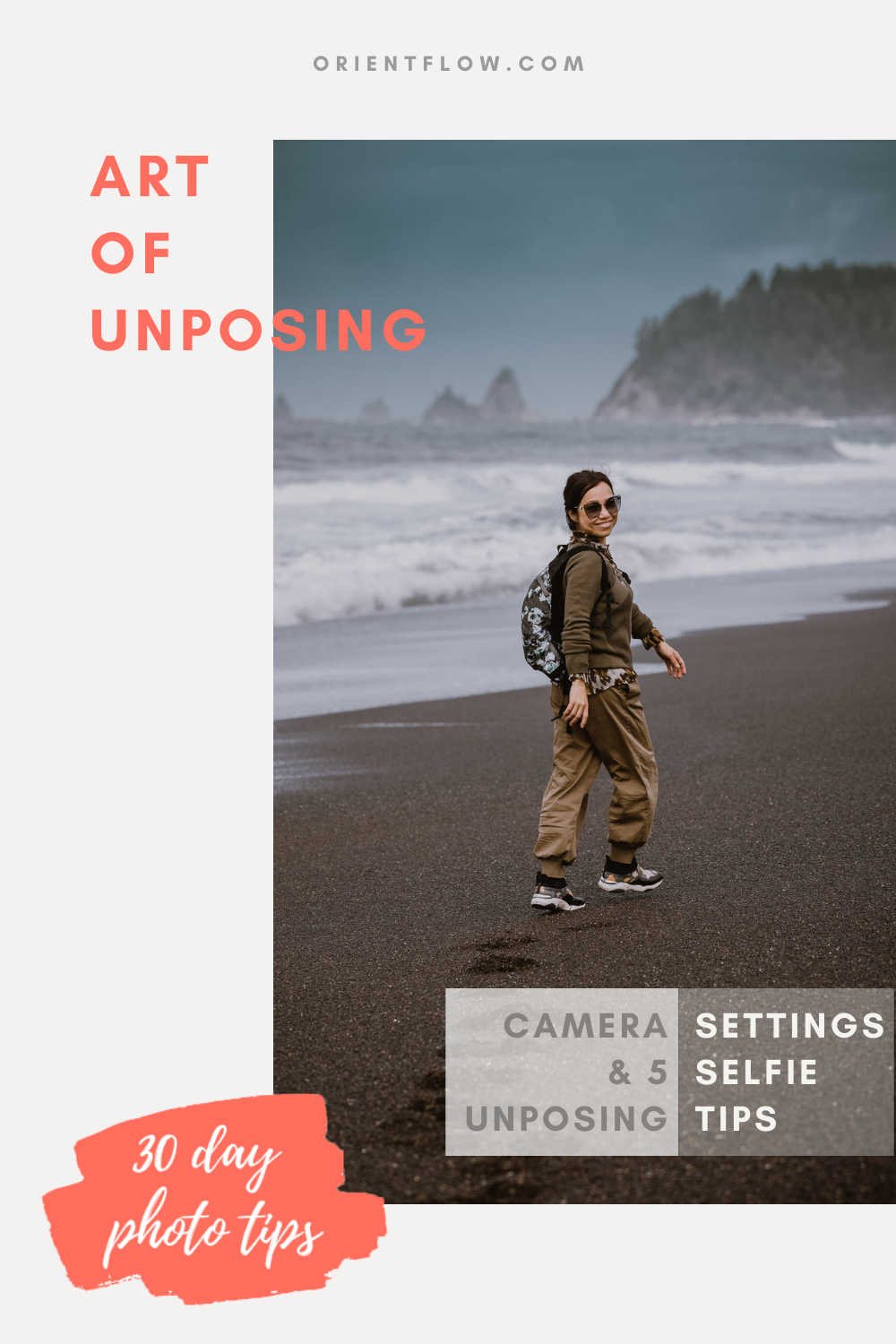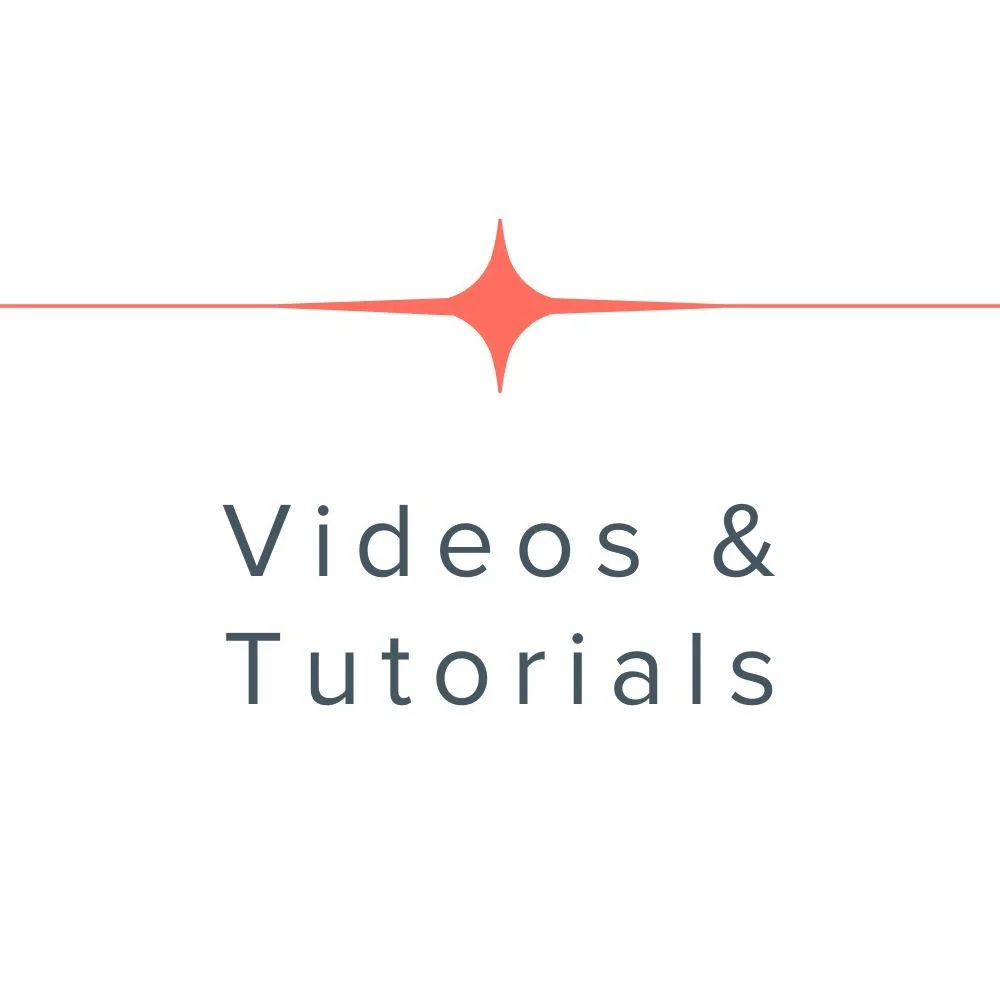Tip 29 - Art Of Unposing Selfie Tips
2020 was certainly a special year. I took more selfies than usual, when we did not travel.
First let me be honest, I seldom take selfies, and certainly do not like posing. So here is some of my little wisdom about taking candid shots of yourself without having to pose.
equipment
Tripod. A tripod is very useful, unless you can put your camera somewhere sturdy around chest height. (see Tip 3 - Why And How To Choose A Tripod)
Remote shutter release, or intervalometer
You can certainly use your camera’s built-in 10-second delayed shutter function to take selfies. You might need to run back and forth from the camera to get the shots. Plus, depending on your camera, getting the perfect focus isn’t straightforward in this approach.
Therefore I’d suggest having a remote shutter, or intervalometer such as the one shown in the video. Of course you don’t want people to see the device in your hand in all your photos. I simply hide it in my pants pocket but I know where to press the button
Depending on your camera, you might also be able to use bluetooth to connect your smartphone with your camera as the remote shutter. The downside is that the smartphone might be too big to hide in a pocket.
ISO100, 55mm, f/1.8, 1/320sec
camera settings
👉Set your camera to continuously trace you by selecting Al Servo on Canon (A on Nikon or continuous auto focus on Sony mirrorless cameras). If your camera has eye auto focus, definitely turn that on and prioritize on people’s eyes.
👉If I use intervalometer, I typically set 20 photos in a roll with one second interval so I can just walk and move after starting the shutter, without having to trigger each click. Use a medium f-stop value, eg. f5.6 or above, if you will move back and forth from the camera often, so you will more likely to stay in focus.
👉If you use the smart phone or intervalometer to trigger each click (different from the above and my suggested approach), then you can use shallower depth of field with small f-stop value, especially if your camera has eye auto focus feature, as it will track your move pretty precisely in each of your click.
👉I’d suggest using manual mode to have full control of your exposure. I sometimes wear black and sometimes white but my exposure won’t change with full manual settings.
👉Unless you just sit in the same spot and don’t move, I’d suggest using 1/250 sec as a safe starting point for shutter speed.
👉And last but not least, set ISO to auto if you have a full frame camera; or somewhere up to ISO1600 if you have a crop sensor camera. If the resulting image is too dark for the latter, you don’t have enough natural light. Perhaps change a location with better light. Don’t forget to check your histogram (mentioned in the light chapter). If it’s not showing too much under-exposure, you are still fine. As I mentioned before, histogram is one of the most important tools for you to get the correct exposure. I have full explanation and tutorial about it in my Document Happiness photography course.
ISO200, 89mm, f/2.8, 1/320sec
Light
If you are flexible on the time and location, pick a cloudy day with outdoor environment. It will give you much more space to move around, and less chance to mess up with over-exposure or under-exposure problems.
Of course, if you have mastered the flat/even light and would like to take more challenge to create pro quality portrait during the magic golden hours, you can certainly try that (more pro tips on this topic in my Document Happiness Photography Course)
Composition
Having the technical essentials ready, now we can simply focus on composition. Pick a starting point position, move yourself while clicking on the remote shutter.
For candid shots, which is my preferred style, I have 5 quick tips.
Walk or run to the camera. I’ve shared many examples of kids with this technique, and it certainly works for adults too
Wear flowy dress or put down your long hair if you have. Spin around to increase motion when you move.
Use slow shutter to get motion blur
Walk away from the camera but turn back
Look away from the camera
Check out the details in the video tutorial above. Good luck with your selfie exercise!
Go back to Candid Style Chapter


















